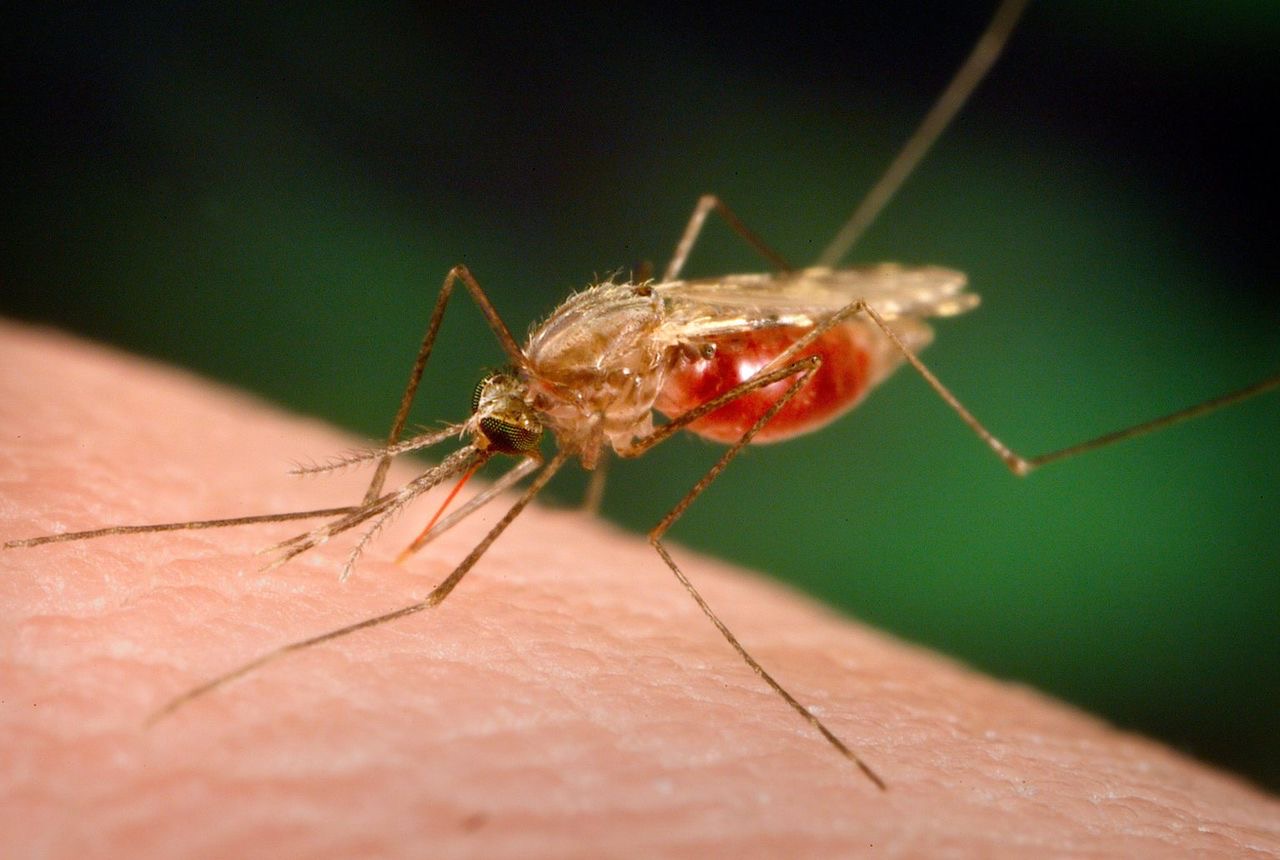Police have destroyed more than 100 dangerous dogs a month on average since XL bullies were banned nearly a year ago, the BBC has learned.
Forces in England and Wales say the costs of kennelling thousands of seized dogs, often for months at a time, have risen sixfold to £25m a year and many facilities were at capacity.
But in many areas dog attacks show no sign of falling. Of the 25 police forces that responded to BBC Freedom of Information Act requests, 22 said they were on course to see more reported incidents this year.
Lisa Willis, who was mauled by an XL bully months after the ban, said the attack had felt like a “horror movie” and the law was “useless.
She said owners of dogs like the one that savaged her arm should be banned from buying further animals. However, in her case, the owner had replaced his dog “within weeks”.
New laws restricting the breeding and sale of XL bullies came into force on 31 December last year after a series of high-profile attacks, some of them fatal. In February, it became illegal to own a dog of this type, unless it was registered before the deadline.
There are now five banned types of dog in Britain – XL bully, pit bull terrier, Japanese Tosa, Doga Argentino and Fila Braziliero. Dogs registered before the ban must be neutered, muzzled in public and kept in secure conditions.

When the law was introduced, the UK government suggested there were about 10,000 XL bully dogs in England and Wales, but that was a vast underestimate – there are now more than 57,000 of the dogs registered with the Department for Environment, Food and Rural Affairs (Defra).
Freedom of Information Act responses from 19 police forces in England and Wales show that in the first eight months of 2024:
- 1,991 suspected banned dogs had been seized, up from 283 in the whole of 2023
- 818 dogs had been destroyed, more than double than in 2023
With some seized dogs staying in police kennels for months while their breed or type is confirmed, more than half of the forces that provided responses about their kennels said they were full or near capacity.
Once a court order has been made or the dogs have been disclaimed by their owners, they are euthanised by a vet.
Chief Constable Mark Hobrough, the National Police Chief Council’s (NPCC) lead for dangerous dogs, said the change in the law had put significant pressure on police forces and added an “incredible” amount of extra costs for them to absorb.
The costs of kennels and veterinary bills had risen from £4m to £25m, but that did not account for the additional costs of training staff, buying additional vehicles and equipment, renting short-term kennels and the wider operational costs of policing more dangerous dogs than ever, he said.
He said the NPCC was putting forward “a strong request” for more government money to meet the requirements of the XL bully ban.

The chiefs of the 43 police forces in England and Wales also want a change in the law to give officers alternative ways of dealing with people found in possession of dangerous dogs.
Part of what makes policing the ban difficult is that working out whether a dog is an XL bully can require specialist training and sometimes outside expertise, which means keeping the dogs kennelled for long periods.
The government published guidance to help identify XL bullies, which are defined as a “type” of dog because they are not a Kennel Club-recognised breed. They are described as large dogs “with a muscular body and blocky head, suggesting great strength and power for [their] size”.

Expert assessors told us that as many as a third of the dogs registered with Defra may not be XL bullies, but there is not yet any guidance about how to remove them from the register.
The police chiefs want to see changes that would allow them to caution responsible owners who may unwittingly have bought an XL bully, while still having strong powers to clamp down on illegal breeders and persistent offenders.
Defra said the XL bully ban was “an important measure to protect public safety” and it would continue to work with police, local authorities and animal welfare groups to prevent dog attacks “using the full force of the law where needed.
In Lisa’s case, she had been on a walk with her terrier, Duke, in June when a French bulldog attacked him. Moments later an XL bully-type dog came out of a garden, crossed the road and attacked Lisa.
“I just thought it was going to kill me,” she said. “It was so powerful, it was literally hanging off my arm and no matter what, I just couldn’t get it off.”
People nearby heard her screaming and helped get the dog off her, but she said her arm was “shredded”. She feared she would bleed to death and asked her rescuers to call her husband “so I could say goodbye.
Lisa, who contacted us about her story through Your Voice, Your BBC News, was taken to hospital. The animal that attacked her was seized by police and destroyed the same day – normal procedure when a dog is involved in a serious incident.
She is being treated for Post-Traumatic Stress Disorder (PTSD) and she says she feels “powerless” to stop something like this happening again.
“I need to make sure these people have consequences for their actions because if it continues, someone else is going to get killed, someone else is going to be attacked,” she said.
Additional reporting by Jonathan Fagg and Emily Doughty










